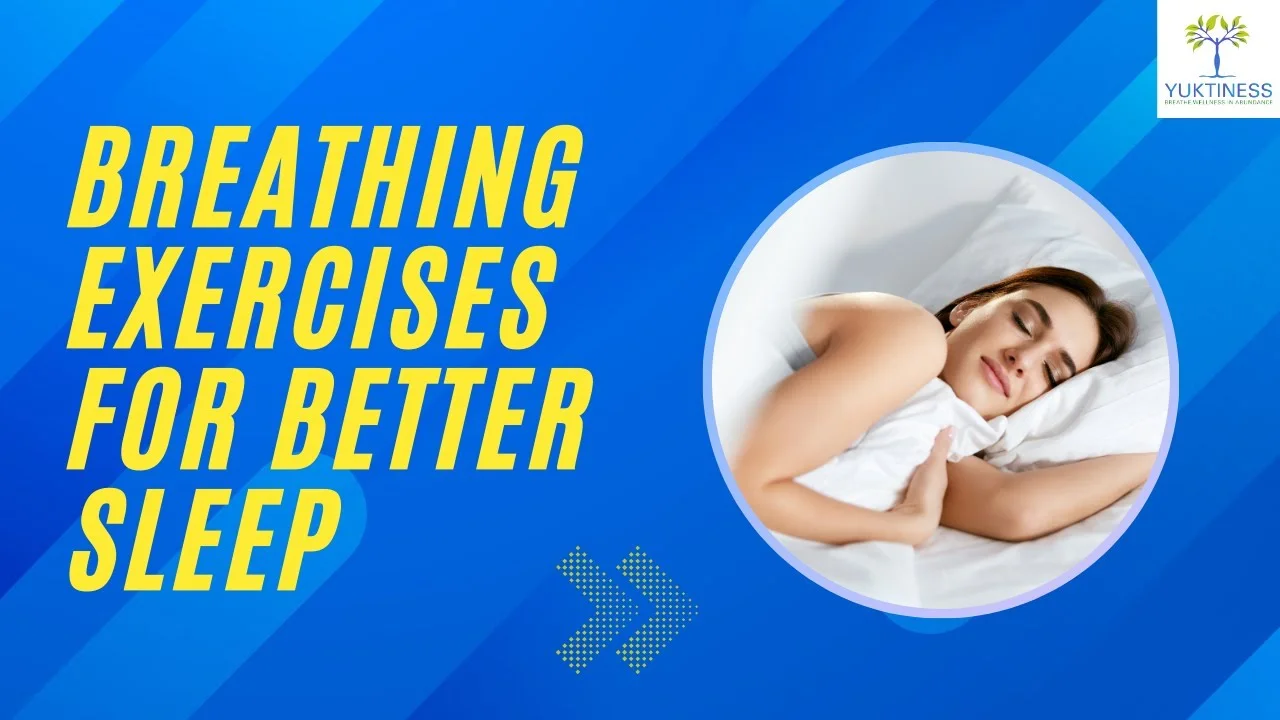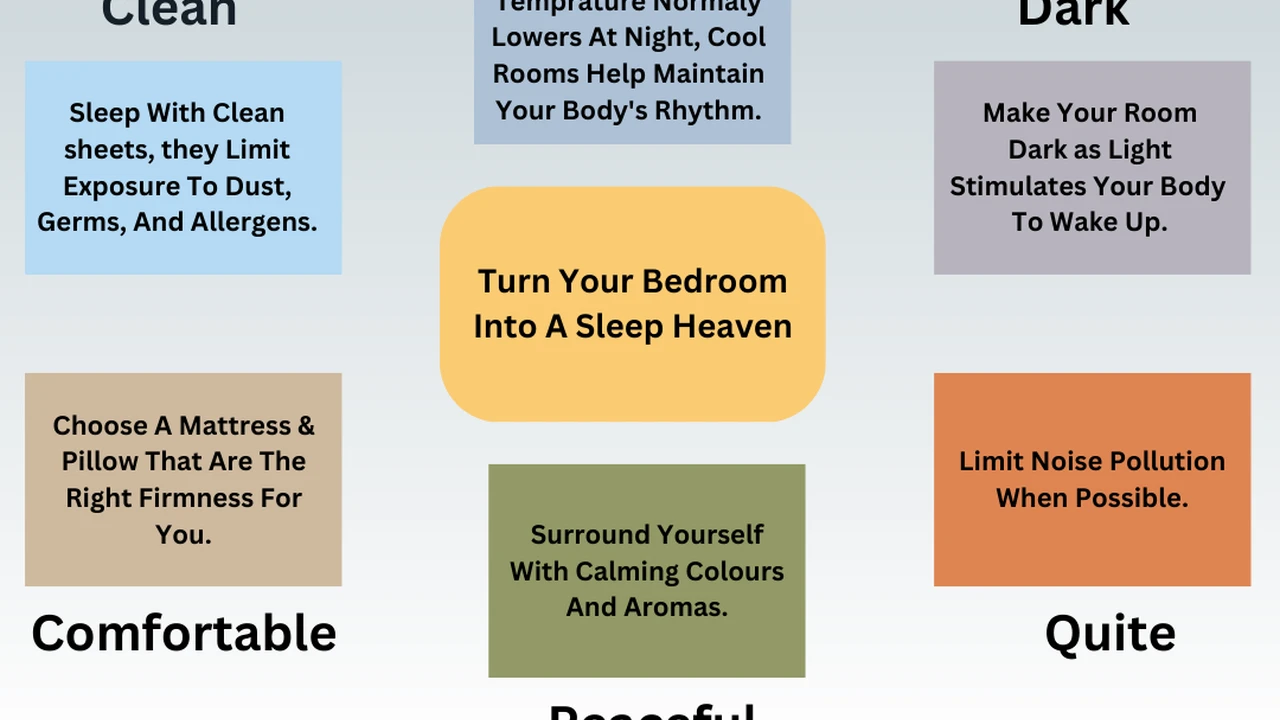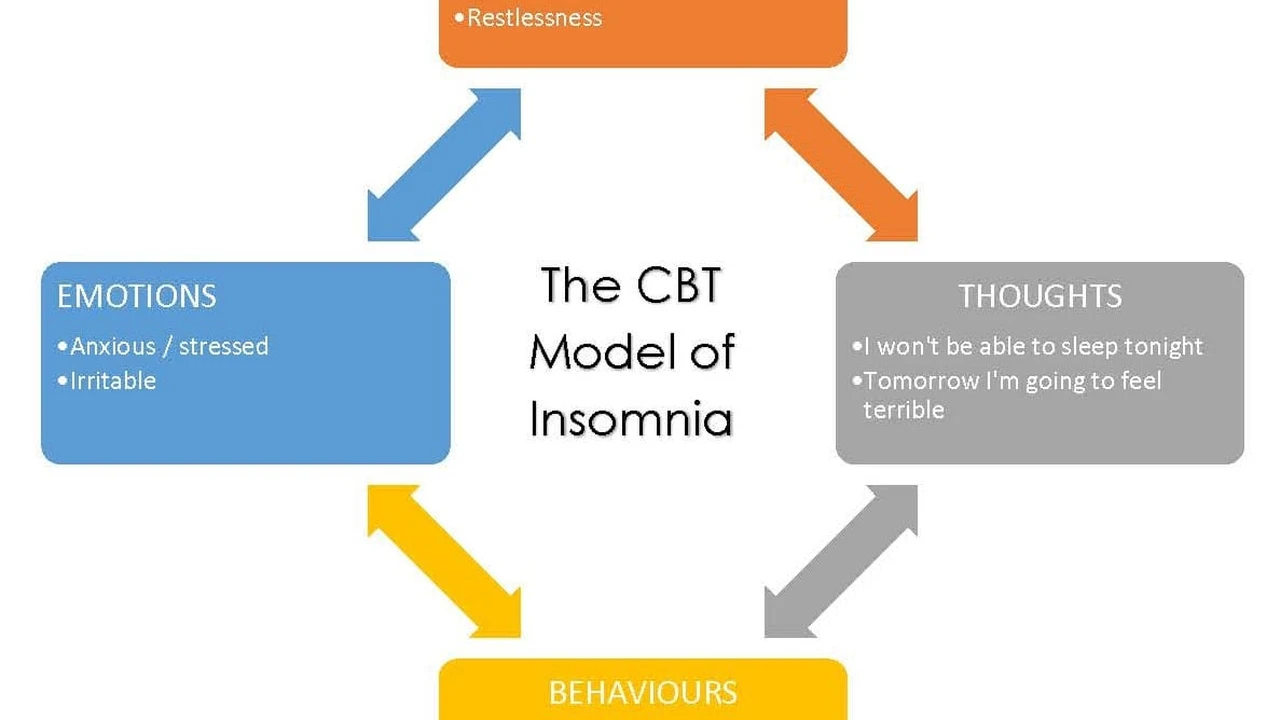Breathing Exercises for Faster Sleep
Learn simple breathing exercises to relax your body and fall asleep faster. Master techniques for immediate calm.

Learn simple breathing exercises to relax your body and fall asleep faster. Master techniques for immediate calm.
Breathing Exercises for Faster Sleep
Hey there, ever found yourself tossing and turning, staring at the ceiling, wishing sleep would just… happen? You’re not alone. In our fast-paced world, winding down can feel like an Olympic sport. But what if I told you that one of the most powerful tools for drifting off to dreamland is something you’re already doing, all day, every day? That’s right, it’s your breath. Breathing exercises aren't just for yogis or meditation gurus; they're a scientifically proven way to calm your nervous system, reduce stress, and usher in sleep much faster. Let's dive deep into how these simple yet profound techniques can transform your nights.
The Science Behind Breath and Sleep Connection
So, how does something as basic as breathing help you sleep? It all comes down to your autonomic nervous system, which has two main branches: the sympathetic (our 'fight or flight' response) and the parasympathetic (our 'rest and digest' response). When you're stressed, anxious, or just can't switch off, your sympathetic system is probably in overdrive. Your heart rate is up, your mind is racing, and sleep feels miles away.
Controlled breathing exercises, especially slow, deep breathing, activate your parasympathetic nervous system. This sends a signal to your brain that it's safe to relax. Your heart rate slows, blood pressure drops, and your body starts producing melatonin, the sleep hormone. It's like hitting the 'off' switch for your internal alarm system. Plus, focusing on your breath gives your busy mind something concrete to do, pulling it away from worries and to-do lists.
Top 3 Breathing Techniques for Instant Calm and Sleep
There are tons of breathing exercises out there, but some are particularly effective for sleep. Here are my top three, easy to learn and perfect for bedtime.
4-7-8 Breathing Technique Dr Andrew Weil Method
This one is a classic for a reason. Developed by Dr. Andrew Weil, the 4-7-8 technique is often called a 'natural tranquilizer for the nervous system.' It's super simple and you can do it anywhere, anytime you need to calm down, but it's especially potent before bed.
How to do it:
- Find a comfortable position, either sitting or lying down.
- Place the tip of your tongue against the ridge of tissue just behind your upper front teeth, and keep it there through the entire exercise.
- Exhale completely through your mouth, making a 'whoosh' sound.
- Close your mouth and inhale quietly through your nose to a mental count of four.
- Hold your breath for a count of seven.
- Exhale completely through your mouth, making a 'whoosh' sound, for a count of eight.
- This is one breath. Inhale again and repeat the cycle three more times for a total of four breaths.
The key here is the ratio of 4-7-8. The longer exhale helps to slow your heart rate and release carbon dioxide, which further promotes relaxation. Many people report feeling drowsy after just a few rounds. Consistency is key; the more you practice, the more effective it becomes.
Diaphragmatic Breathing Belly Breathing for Deep Relaxation
Also known as 'belly breathing,' diaphragmatic breathing is about engaging your diaphragm, a muscle located just below your lungs. Most of us are shallow chest breathers, especially when stressed. Belly breathing encourages deeper, more efficient breaths, which are incredibly calming.
How to do it:
- Lie on your back with your knees bent and your feet flat on the floor, or sit comfortably.
- Place one hand on your chest and the other on your belly, just below your rib cage.
- Inhale slowly and deeply through your nose, feeling your belly rise with your hand. Your chest should remain relatively still.
- Exhale slowly through pursed lips (as if you're whistling), feeling your belly fall. Gently press on your belly to ensure all the air is out.
- Repeat for 5-10 minutes.
This technique helps to massage your vagus nerve, a major nerve that runs from your brainstem to your abdomen and plays a huge role in regulating your parasympathetic nervous system. It's a fantastic way to ground yourself and prepare for sleep.
Box Breathing Square Breathing for Focus and Calm
Box breathing, or square breathing, is a simple yet powerful technique often used by Navy SEALs to maintain calm and focus in high-stress situations. It's equally effective for winding down before bed because it creates a rhythmic, predictable pattern that soothes the mind.
How to do it:
- Exhale completely, emptying your lungs of air.
- Inhale slowly through your nose for a count of four.
- Hold your breath for a count of four.
- Exhale slowly through your mouth for a count of four.
- Hold your breath (lungs empty) for a count of four.
- Repeat the cycle for 5-10 minutes.
The equal counts create a 'square' pattern, which helps to regulate your breathing and bring a sense of balance to your nervous system. It's particularly good if your mind is racing, as the counting gives it something to latch onto.
Integrating Breathing Exercises into Your Bedtime Routine
Knowing the techniques is one thing, but making them a consistent part of your routine is where the magic happens. Here are some tips:
- Consistency is Key: Try to practice these exercises every night, even on nights when you feel like you'll fall asleep easily. The more you practice, the more your body and mind will associate these breaths with sleep.
- Set the Scene: Dim the lights, turn off screens, and get into bed. Make sure you're comfortable.
- Start Small: If 10 minutes feels like too much, start with 2-3 minutes and gradually increase the duration as you get more comfortable.
- Combine with Other Habits: Pair your breathing exercises with other relaxing activities like reading a book, listening to calming music, or a warm bath.
- Don't Force It: If your mind wanders, gently bring your attention back to your breath. Don't get frustrated; it's part of the process.
Beyond Basic Breathing Tools and Products to Enhance Your Practice
While breathing exercises are free and require no special equipment, there are some cool gadgets and apps that can enhance your practice, especially if you're a beginner or want some extra guidance. Think of them as your personal breathing coaches.
Smart Breathing Devices and Apps for Guided Practice
These tools can provide visual or auditory cues to help you maintain the correct rhythm and depth of your breath. They're great for learning and staying consistent.
1. Calm App and Headspace App Guided Meditations and Breathing
Description: These are two of the most popular meditation and mindfulness apps, and both offer extensive libraries of guided breathing exercises specifically for sleep. They feature soothing voices, calming soundscapes, and structured programs to help you relax.
Use Case: Perfect for beginners who need guidance, or for anyone who enjoys a structured approach. You can choose specific breathing exercises, sleep stories, or meditations tailored to your needs.
Comparison: Calm is often praised for its 'Sleep Stories' and broader range of sleep-focused content, while Headspace has a more playful, animated approach to teaching mindfulness and breathing. Both are excellent.
Pricing: Both offer free trials with limited content. Full access typically costs around $14.99/month or $69.99-$99.99/year. They often have student or family plans available.
2. Apollo Neuro Wearable Stress Relief Device
Description: This isn't strictly a breathing device, but it works in tandem with your body's natural rhythms. Apollo Neuro is a wearable device (worn on the wrist or ankle) that delivers gentle, silent vibrations to your body. These vibrations are designed to activate your parasympathetic nervous system, helping you relax, focus, and sleep better. It has specific modes for 'Sleep and Renew.'
Use Case: For those who want a passive way to enhance relaxation without actively focusing on breathing, or as a complement to breathing exercises. It's great for reducing overall stress levels throughout the day, which in turn improves sleep.
Comparison: Unlike apps that require active participation, Apollo Neuro works in the background. It's a more 'bio-hacking' approach to stress and sleep management.
Pricing: Typically ranges from $349 to $399. It's a higher upfront investment but offers a unique, non-invasive approach.
3. Dodow Sleep Aid Device Light Guided Breathing
Description: Dodow is a small, puck-shaped device that projects a soft blue light onto your ceiling. The light expands and contracts, guiding your breathing rhythm. You synchronize your inhale with the expansion and your exhale with the contraction. It's designed to slow your breathing from 11 breaths per minute to 6 breaths per minute, which is ideal for sleep.
Use Case: Excellent for visual learners or those who find it hard to focus on internal counting. It's a simple, screen-free solution that sits on your nightstand.
Comparison: Dodow is very specific to breathing guidance for sleep, unlike general meditation apps. It's also a one-time purchase, no subscriptions.
Pricing: Around $59.99 to $79.99, making it a very accessible dedicated sleep aid.
4. Oura Ring Sleep and Activity Tracker with Breathing Insights
Description: While primarily a sleep and activity tracker, the Oura Ring provides detailed insights into your sleep stages, heart rate variability (HRV), and respiratory rate. It can help you understand how your breathing patterns change throughout the night and how effective your pre-sleep breathing exercises are. It also offers guided breathing sessions within its app.
Use Case: For data enthusiasts who want to track the physiological impact of their breathing exercises and overall sleep health. It provides objective feedback on your relaxation efforts.
Comparison: The Oura Ring is a comprehensive health tracker, not just a breathing aid. Its value comes from the holistic data it provides, which can inform your breathing practice and other lifestyle choices.
Pricing: The ring itself costs around $299-$349, plus a monthly subscription fee (around $5.99) for full access to its features and insights.
Common Pitfalls and How to Overcome Them in Your Breathing Practice
Even with simple techniques, you might run into some hurdles. Don't worry, it's normal!
- Mind Wandering: Your mind will wander. It's what minds do. When you notice it, gently bring your attention back to your breath. Don't judge yourself.
- Feeling Anxious: Sometimes, focusing on your breath can initially make you more aware of your anxiety. If this happens, try a shorter session or focus more on the exhale, which is more calming.
- Falling Asleep Too Quickly: This is actually a good problem to have! If you're falling asleep mid-exercise, great! That means it's working.
- Not Feeling Anything: It takes practice. Don't expect instant results on day one. Consistency builds the habit and the physiological response.
Beyond the Bedroom Breathing for Daily Stress Management
The beauty of breathing exercises is that they're not just for bedtime. You can use them throughout your day to manage stress, improve focus, and boost your overall well-being. A few minutes of deep breathing during a stressful meeting, before a big presentation, or even during your commute can make a huge difference. By integrating these practices into your daily life, you're not just preparing for sleep; you're building resilience against stress, which naturally leads to better sleep.
So, next time you're struggling to fall asleep, remember that the solution might be as close as your next breath. Give these techniques a try, be patient with yourself, and enjoy the journey to more peaceful, restorative nights.
:max_bytes(150000):strip_icc()/277019-baked-pork-chops-with-cream-of-mushroom-soup-DDMFS-beauty-4x3-BG-7505-5762b731cf30447d9cbbbbbf387beafa.jpg)





